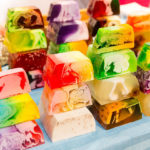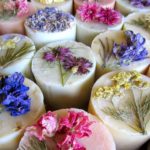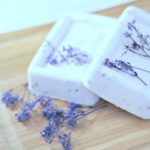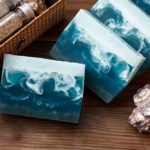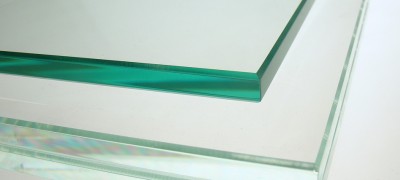Description and manufacturing technology of soap
Today, soap making has turned from a production process into an original hobby for many people, allowing them to realize their talents and even monetize their hobby. Healthy natural soap can really be made at home and you do not need expensive raw materials and equipment for this. So, what soap is made of in production and how to make it yourself, read our new material.

What and how is laundry soap made
Laundry soap, which is used today in everyday life, was originally intended for personal hygiene due to its antibacterial properties. The classic Soviet soap should contain at least 72% fatty acids, which determines its high cleaning ability. It is the percentage of fatty acids that can be indicated on standard soap bars. In addition to the figure of 72%, you can see 64 and 69%, this is how the soap of the second and third grade is indicated. In addition to fats, the composition contains alkali in the amount of 0.15-0.20%.

Laundry soap is made on the basis of vegetable or animal fats with the addition of caustic soda, resulting in an environmentally friendly composition without harmful impurities, fragrances and dyes. In the Soviet Union, factories were not prohibited from using animal fat for the production of soap, but history knows examples when only vegetable oils were used in soap making. For example, in France in the 17th century, a law was passed that prohibited the use of any fats other than olive oil in the production of soap. The result was the famous Marseilles soap, which much later became the prototype of the household one.

In production, laundry soap is made on the basis of fatty acids and alkali. Fat materials are placed in a kettle and boiled at a high temperature (121 ° C) for 10 days. The result is an adhesive soap that is treated with an alkali solution. While still hot, the mixture is poured into molds, where it hardens for another two days.

What is handmade soap made of?
At home, soap is made in different ways: from remnants, on a ready-made soap base, from natural vegetable or animal fat.

The first option is the most economical and simplest, since you only need to melt the ready-made soap bars and add additional ingredients as desired. Microwaves and ovens are used for melting.

You can also use ready-made soap making kits at home.Melt the soap base and add essential oils, scrubbing ingredients, spices and other ingredients to it.
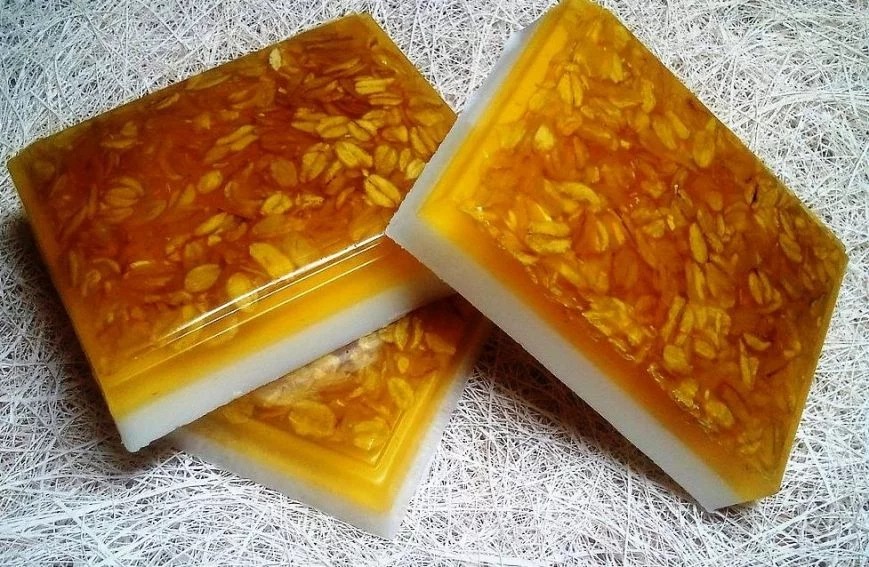
The latter method involves the use of fat and alkali (sodium hydroxide), when working with which it is important to observe safety precautions and make sure that the substance does not get on the skin, otherwise you can get a chemical burn. The fat should be at least 65%. Oils such as palm, coconut, olive, shea, and others that make the soap hard are suitable.

Castor, palm kernel, coconut oil is added to foam and stabilize it. For a leaving effect, you can include avocado oil, grape seed oil, almond oil, macadamia nut oil and others.

How to make soap at home
Today you can find many interesting and easy soap recipes at home. To make such a soap, you need to buy natural coconut vegetable oil, palm, olive or any other oil in a specialty store or order online, you also need sodium hydroxide, without which the saponification reaction will not occur.
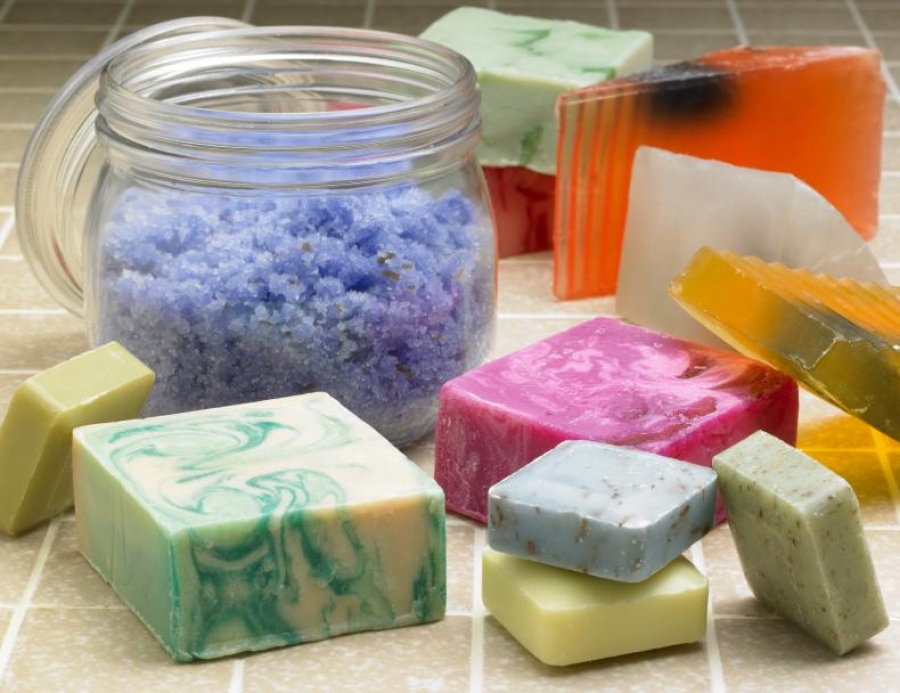
If you are looking for an easy recipe for homemade soap at home, then the option of making from the remnants that every home has is suitable for you. You can also prepare not only cosmetic and real laundry soap based on fatty acids.

No soap base
To make homemade soap from scratch, you will need:
- 81 g sodium hydroxide;
- 150 g palm oil;
- 200 g coconut oil;
- 200 g avocado oil;
- 181.5 g water;
- 4 ml of Ylang-Ylang essential oil or any other.
Use as tools:
- high-precision bench scales;
- gloves;
- protective glasses;
- a container for soap made of glass or plastic;
- mercury thermometer;
- blender.

Additionally, you will need forms, containers for a water bath, spoons for mixing the composition.
What to do:
- Measure out the right amount of ingredients, it is important to correctly calculate the amount of alkali, otherwise the chemical reaction will not occur and the result will not work. When working with alkali, use a dressing gown, glasses, gloves. Spoon it with a dry spoon into a dry plastic or glass bowl.
- Prepare a container with cold water (preferably from the refrigerator), as the reaction heats up the water. Pour the lye into the water, not the other way around. When the alkali dissolves, leave the composition to cool.
- Melt the oils in a water bath (no more than 80-90 ° C) and leave to cool down to 30 ° C.
- Mix oils and alkali of the same temperature (no more than 37 ° C). Pour lye into oils. Work gently, if lye gets on the skin, neutralize it with vinegar.
- Stir the lye and oils with a blender until smooth. When the mixture becomes thick, place it in a water bath (80-90 ° C) and close the lid. After four hours, the saponification reaction is complete and the soap can be molded.

Important! In the future, for accurate calculations, use a soap calculator that can be found on the Internet.
Economic
Using a simple recipe, you can also make laundry soap at home.

You will need:
- 350 g refined coconut oil;
- 350 g refined palm oil;
- 245 g of water;
- 111 g sodium hydroxide;
- 3 tablespoons of salt;
- 3 tablespoons of baking soda.
The process is similar to preparing soap without a soap base, but after beating the ingredients in a blender, the mixture is sent to the oven at a temperature of 110 ° C. After 1-1.5 hours, add soda and salt to the composition, place the composition in the mold. After 2-3 hours, you can cut it, and after another couple of days, use it.
From the remnants
If you are interested in how to make soap out of soap, then use a simple recipe that uses only remnants and natural additives for a care effect. This soap is made very simply and consists of safe ingredients.

You will need several bars of baby soap (or whatever you like) and additional ingredients (coffee, cocoa, dried flowers, essential oils) that can be added in any proportion at the final stage of preparation.

Process:
- Grate the soap.
- Melt the remnants in a water bath, and after obtaining a homogeneous mass, leave it to cook in the same place at a temperature of no more than 90 ° C. The cooking time can be from 30 minutes to 2 hours.
- When the mass becomes thick and gelatinous, add additional ingredients to it and pour into molds.
- Leave the mixture to harden for a few hours, and when the soap has completely hardened, you can use it.
Try making soap with remnants at home for a healthy skincare product.
Important! Use essential oils in your homemade soap to enrich the soap.
What is natural soap made of?
Today manufacturers offer a wide range of natural soaps, but its composition does not always correspond to the description. A truly natural product made from vegetable oil (coconut, palm, olive), which cares for the skin, making it soft and velvety. It can contain up to 90-100% oil due to which it can be washed even in salt water. You can make your own soap using our recipes as a starting point.
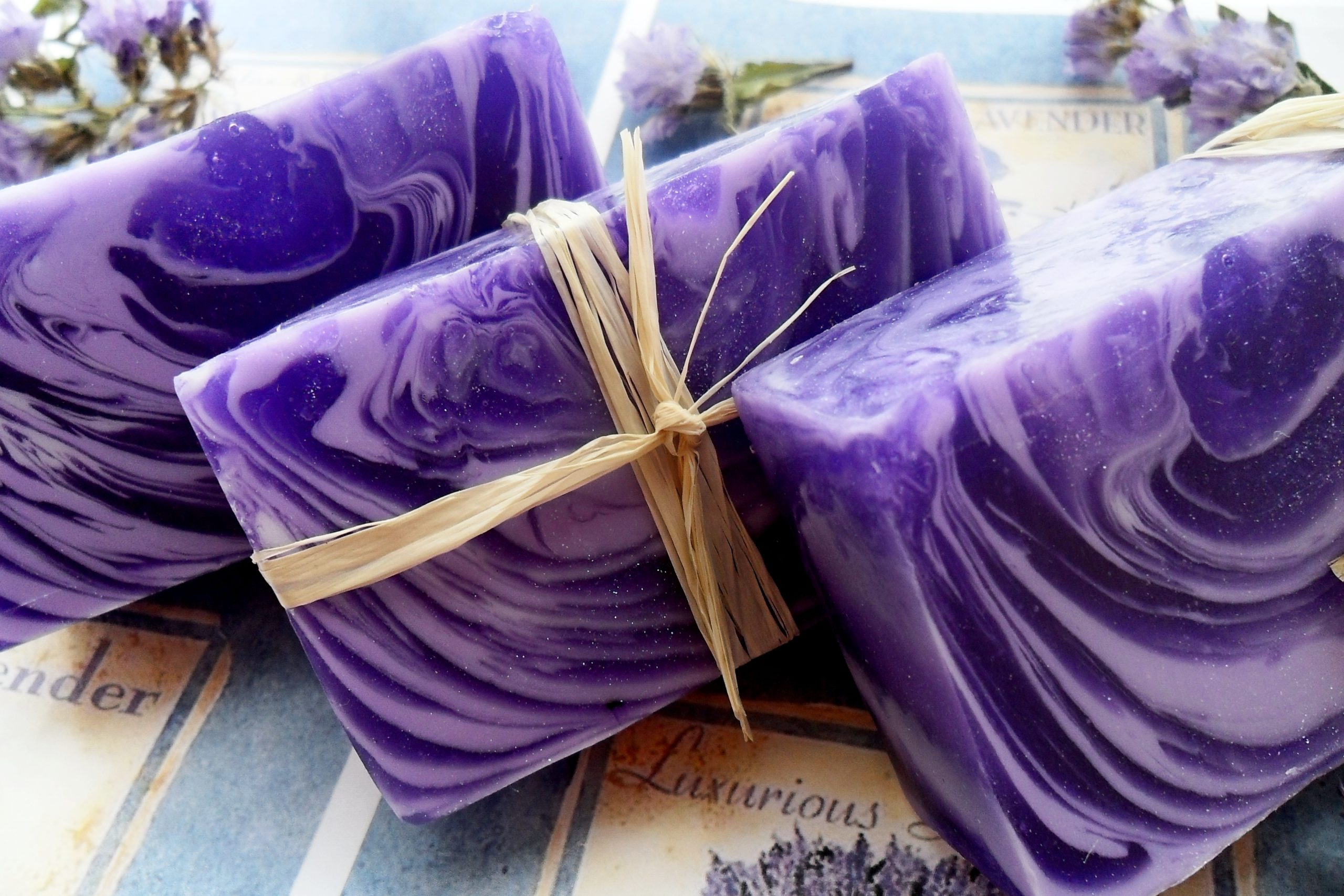
Handmade soap is a great gift for yourself or your loved ones. Try making it yourself for a healthy and natural beauty product at home.
VIDEO: How to make soap at home.
















